This Smart Home Sensor Has Insane Features! - Aqara FP2 Review
The Aqara FP2 boasts mmWave performance with zones, interference sources and fall detection, but does those advanced features come at cost?
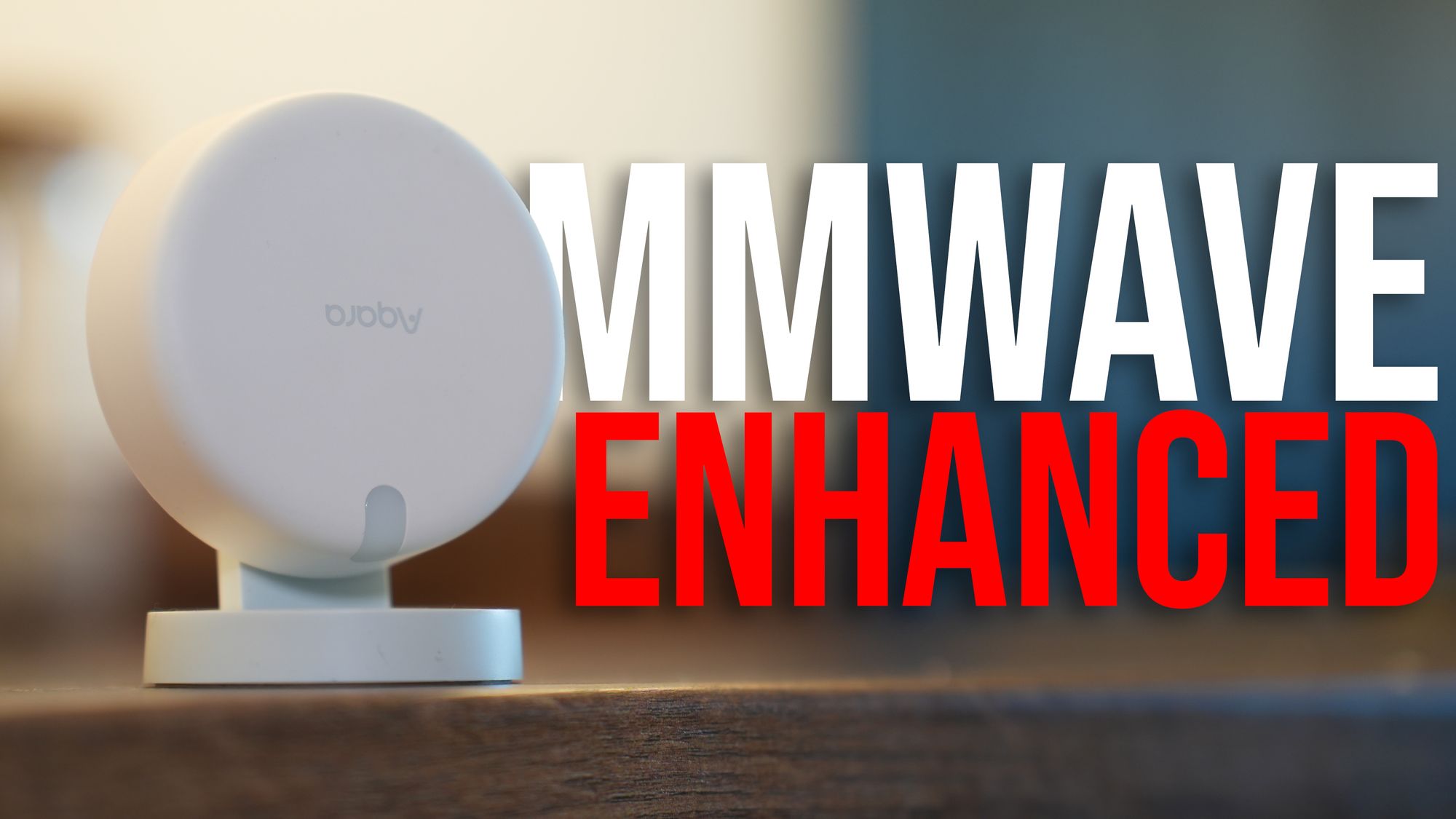
The Aqara FP2 presence sensor is an upgraded version of the highly anticipated smart home device, the FP1. The Aqara FP1, which was initially only available in China, was very difficult to get your hands on unless you imported it from Chinese websites.
When I reviewed the FP1, I was excited about the device but had complaints about the availability, along with some other minor criticisms.
Aqara has taken this feedback on-board and made significant improvements in their brand new version, the FP2, let's see how it performs!
Video
Design and Features
The Aqara FP2 comes in a sleek, circular design, and features a thinner main body compared to its predecessor.
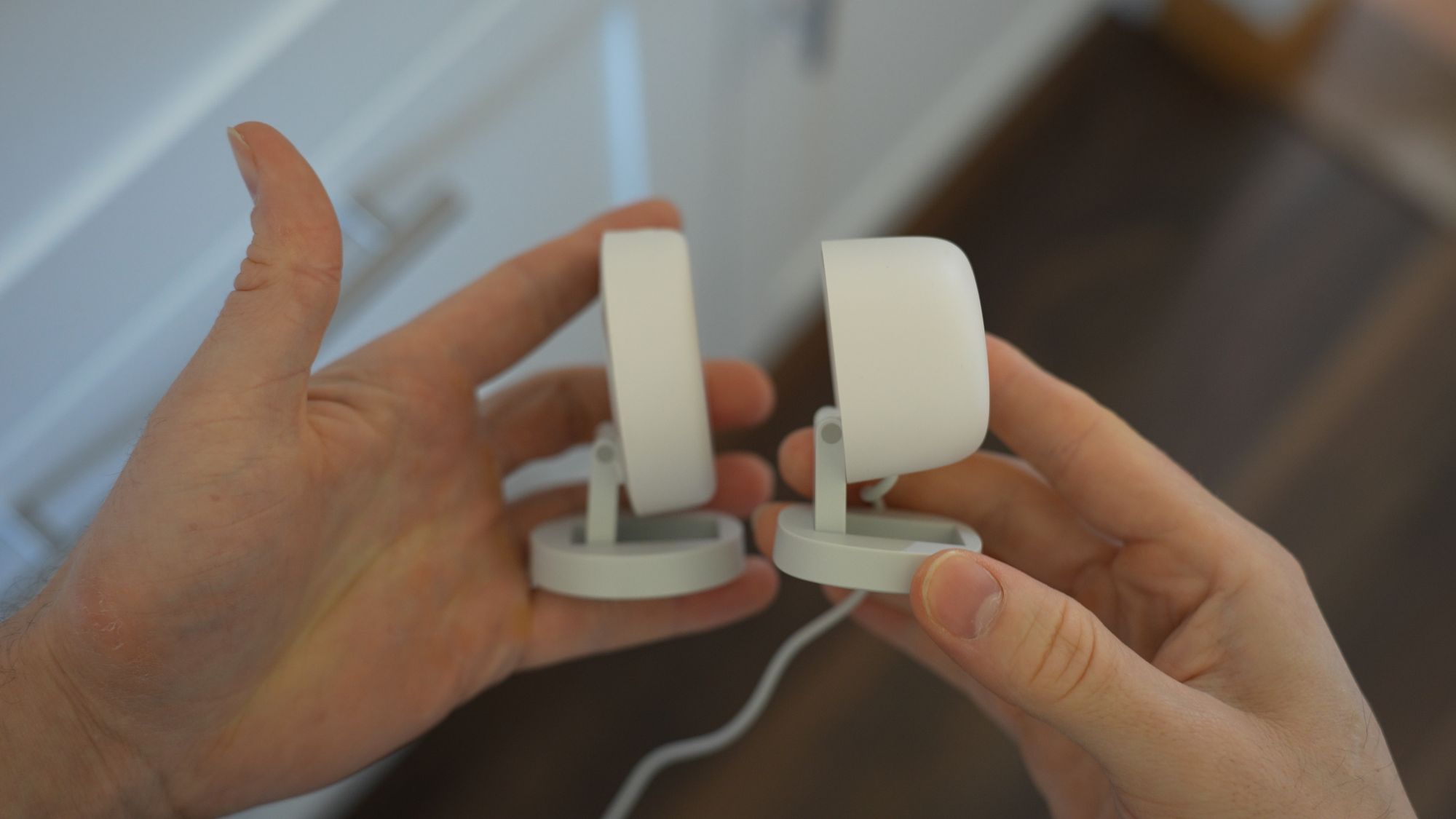
The device is housed in the classic matte white Aqara plastic and comes with a magnetic stand for optimal placement. The stand can be collapsed, leaving a compact puck-like device.
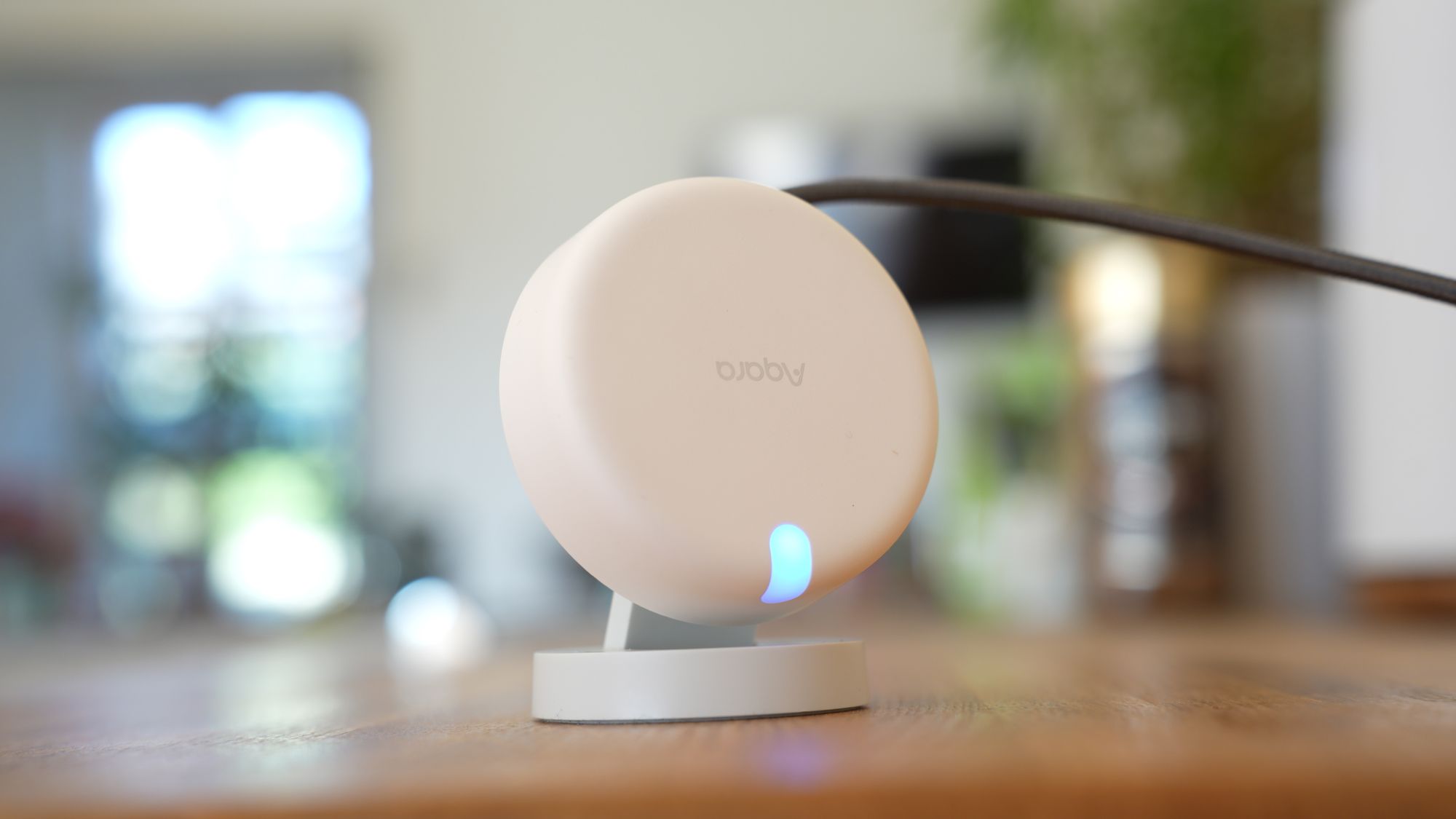
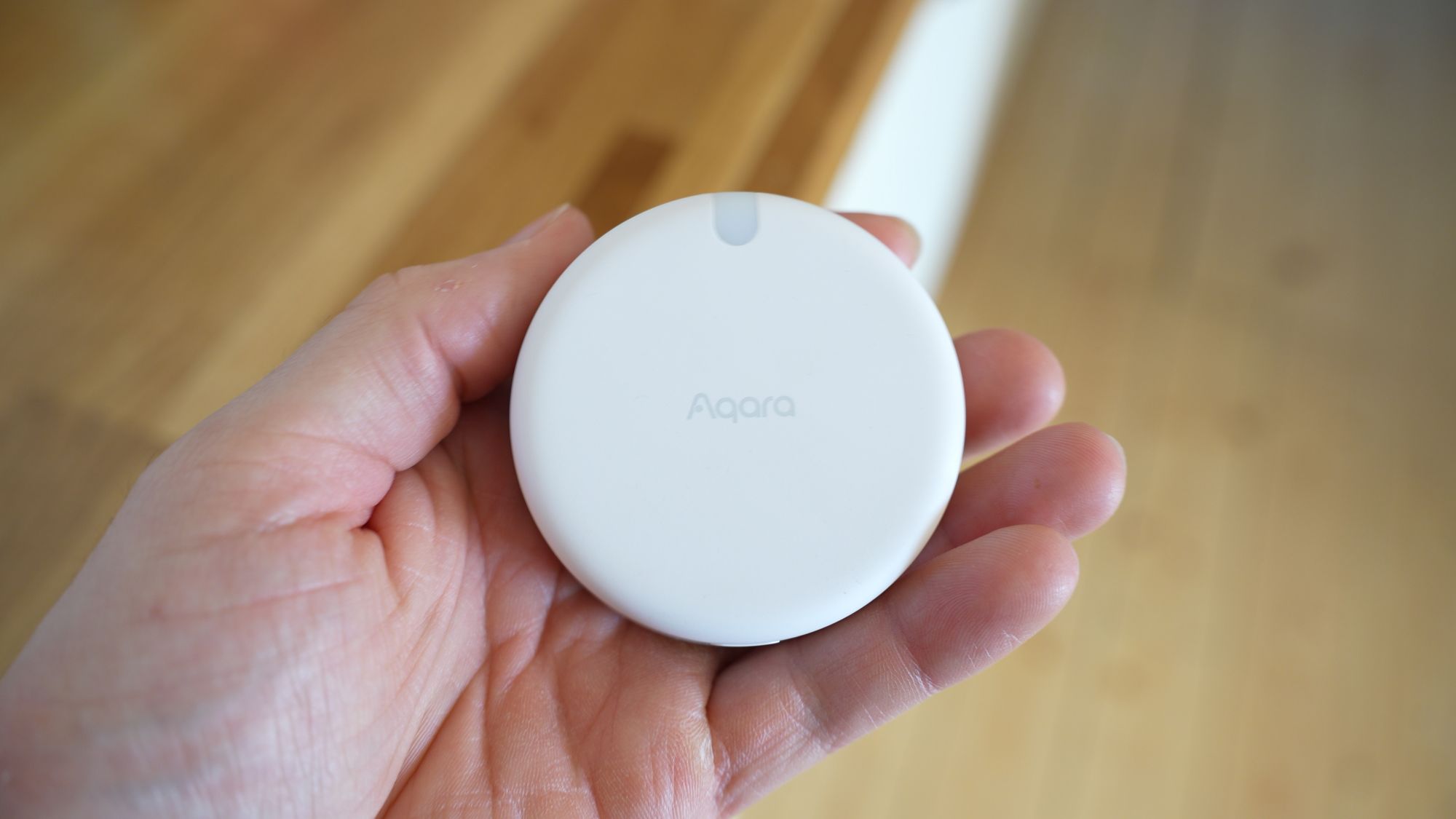
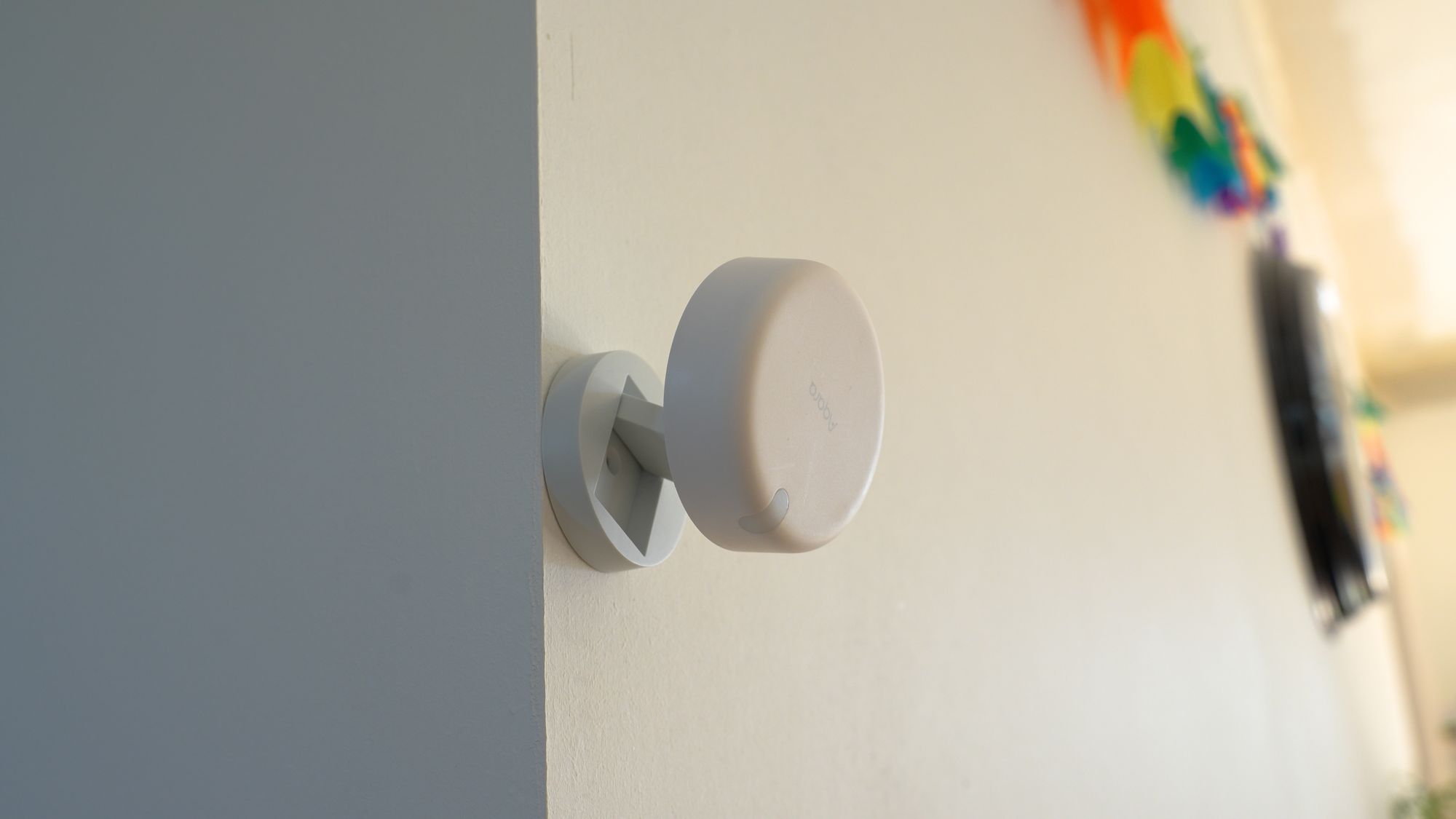
Aqara fixed one of my main complaints, as the FP2 is now equipped with a USB-C port, replacing the short permanently attached USB cable found in the FP1, though they made the USB-C port up-facing making the cable stick out the top a little (depending on the cable).
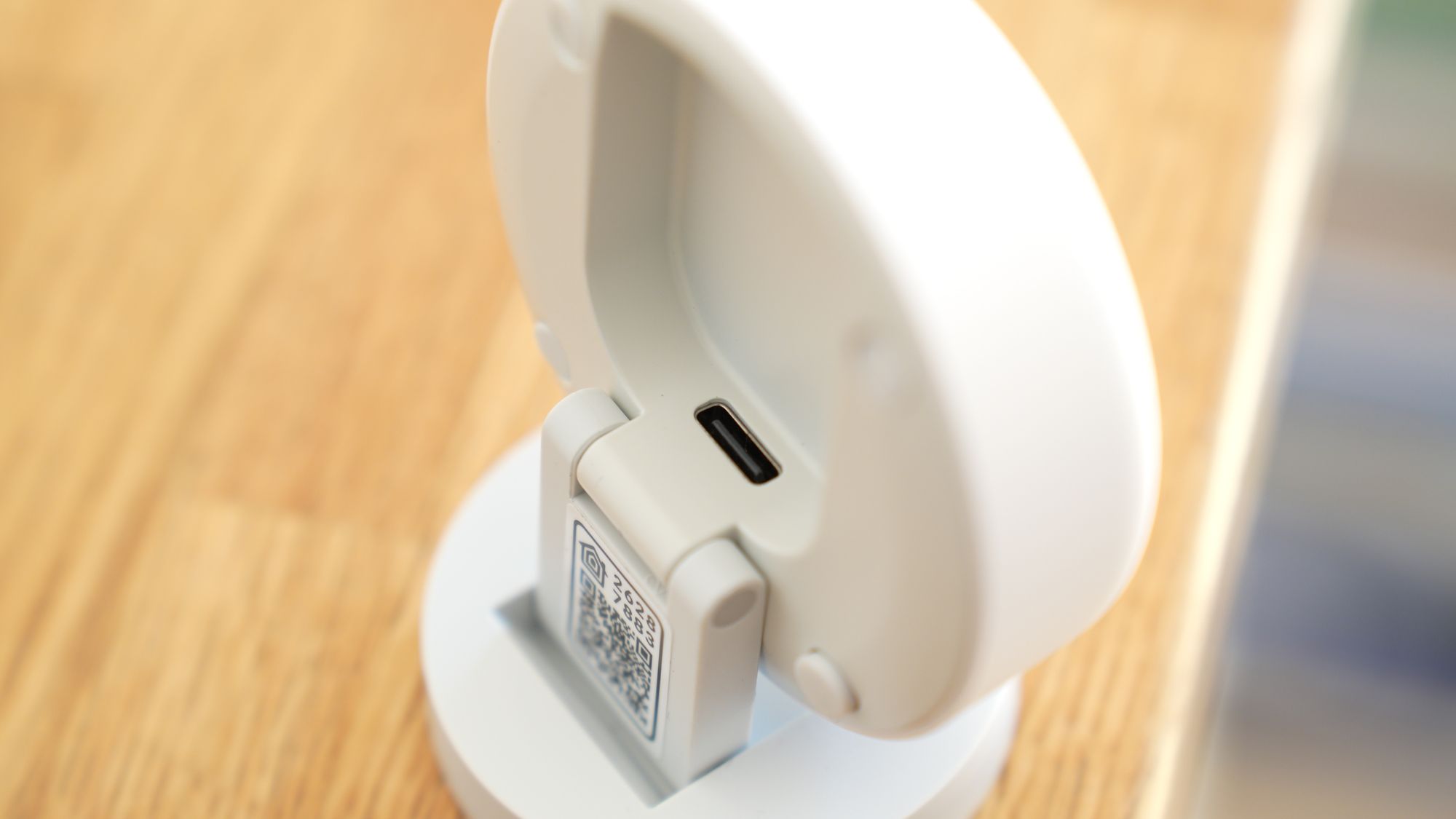
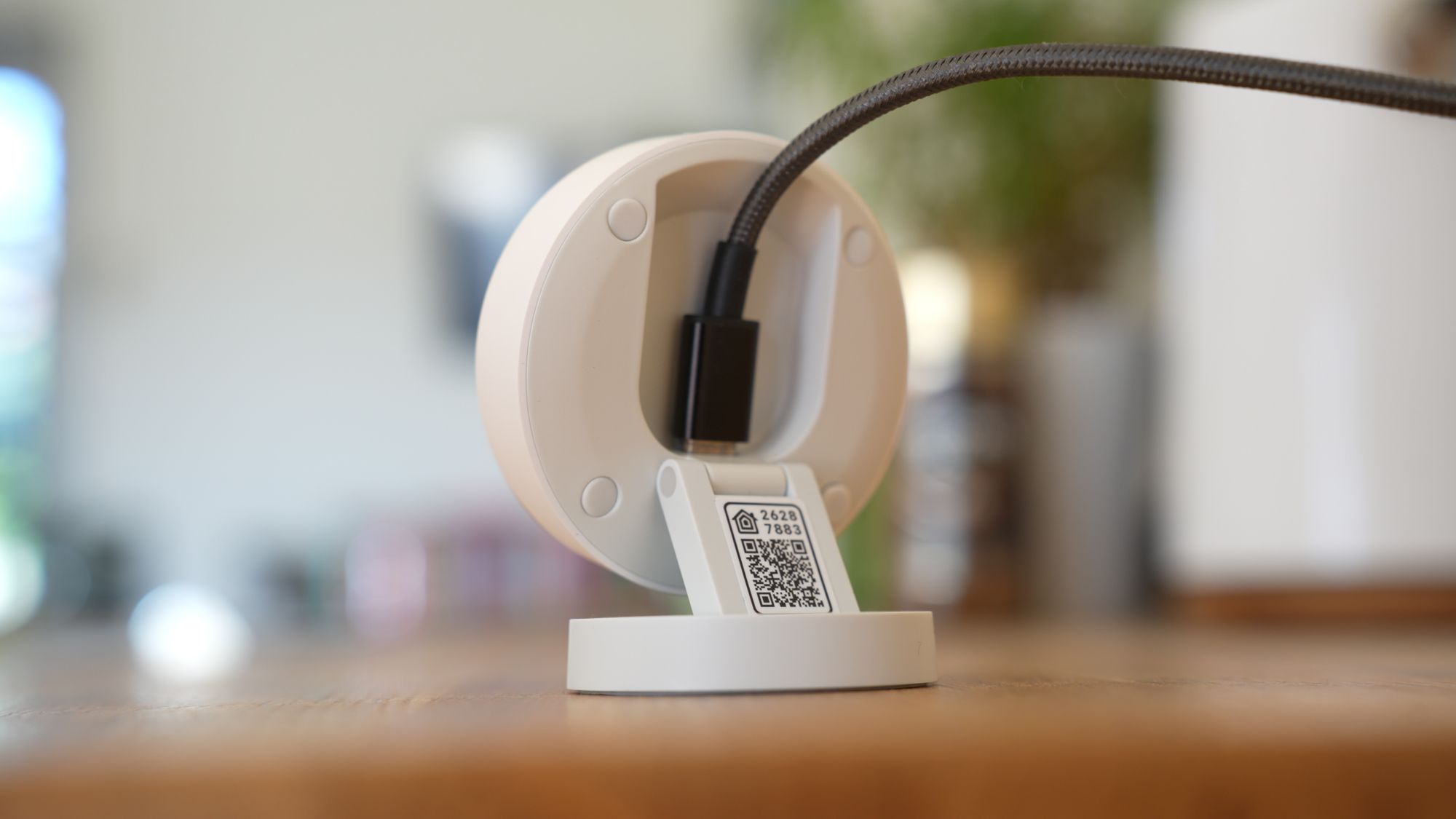
Specs
The Aqara FP2 contains a 60 to 64GHz mmWave sensor, offering a 120-degree field of view, motion zones, interference sources, and multi-person detection.
It also includes an illuminance light sensor, and now uses Wi-Fi instead of Zigbee, eliminating the need for an additional hub.
With an RRP of £100 (on sale for £83 during launch), the FP2 is more expensive than the FP1, which had an RRP of around £65.
Critically, the FP2 is actually for sale in several regions:
- (UK - code EU5PSFP2) https://amzn.to/43S2zJw
- (US - code FP2USCA1) https://amzn.to/3mVgoq4
- (Canada - code FP2USCA1) https://amzn.to/40v96XC
- (France - code EU5PSFP2) https://amzn.to/3mXxmUU
- (Germany - code EU5PSFP2) https://amzn.to/3Aknqrq
- (Italy - code EU5PSFP2) https://amzn.to/41II3ZW
- (Spain - code EU5PSFP2) https://amzn.to/3KXrsem
Aqara App Integration and Automations
The Aqara app allows users to configure the FP2 sensor for various room environments, creating zones and areas for the sensor to detect.
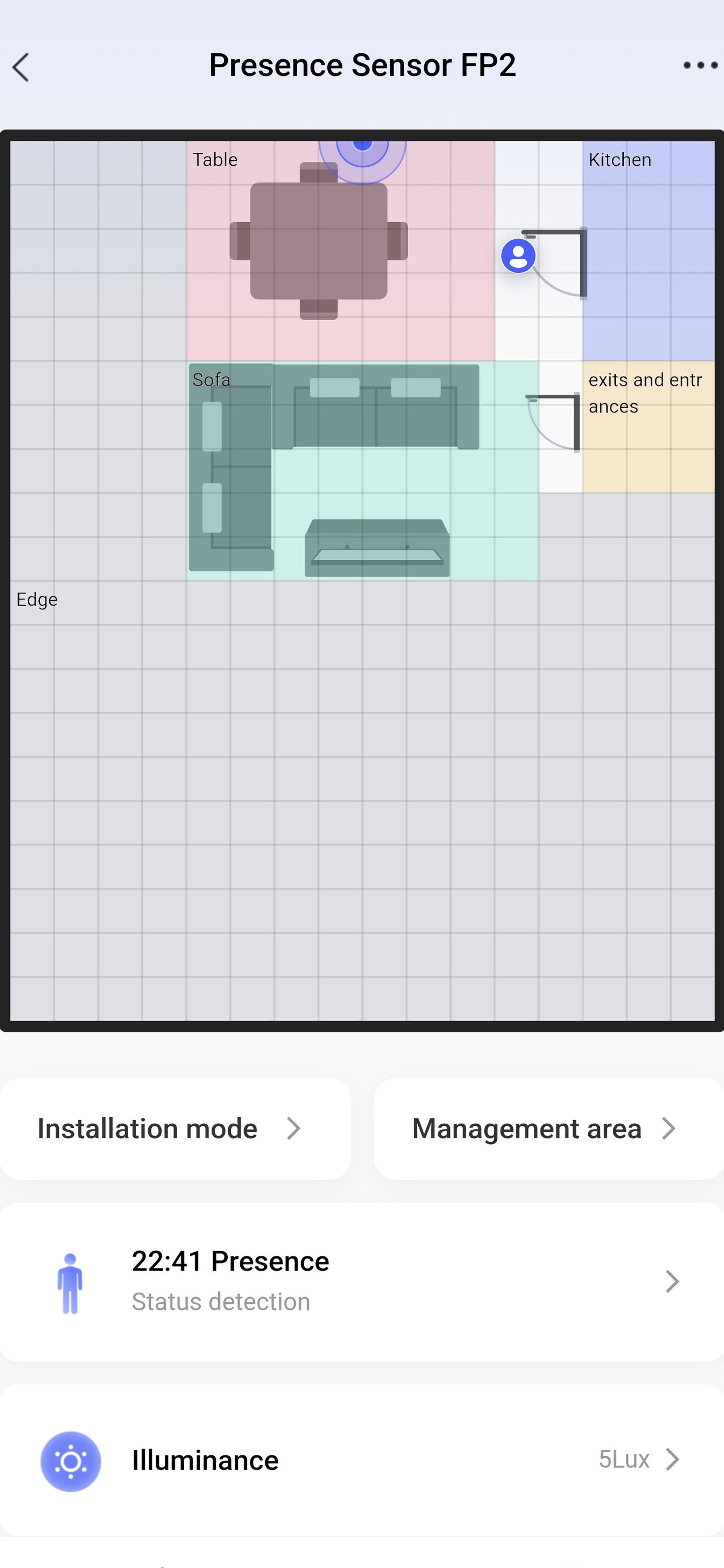
Zones is useful if you have a larger room or a more open plan space with different unique areas. For example, you might have an open plan Kitchen, Dining Room and Living Room that you want to create a zone for, which would allow you to create automations as you move between each zone.
The app also enables users to set ignore zones for areas with continuous movement that should not trigger the sensor. This is useful for example for ceiling fans, curtains or plants that can occasionally move and trigger the sensor.
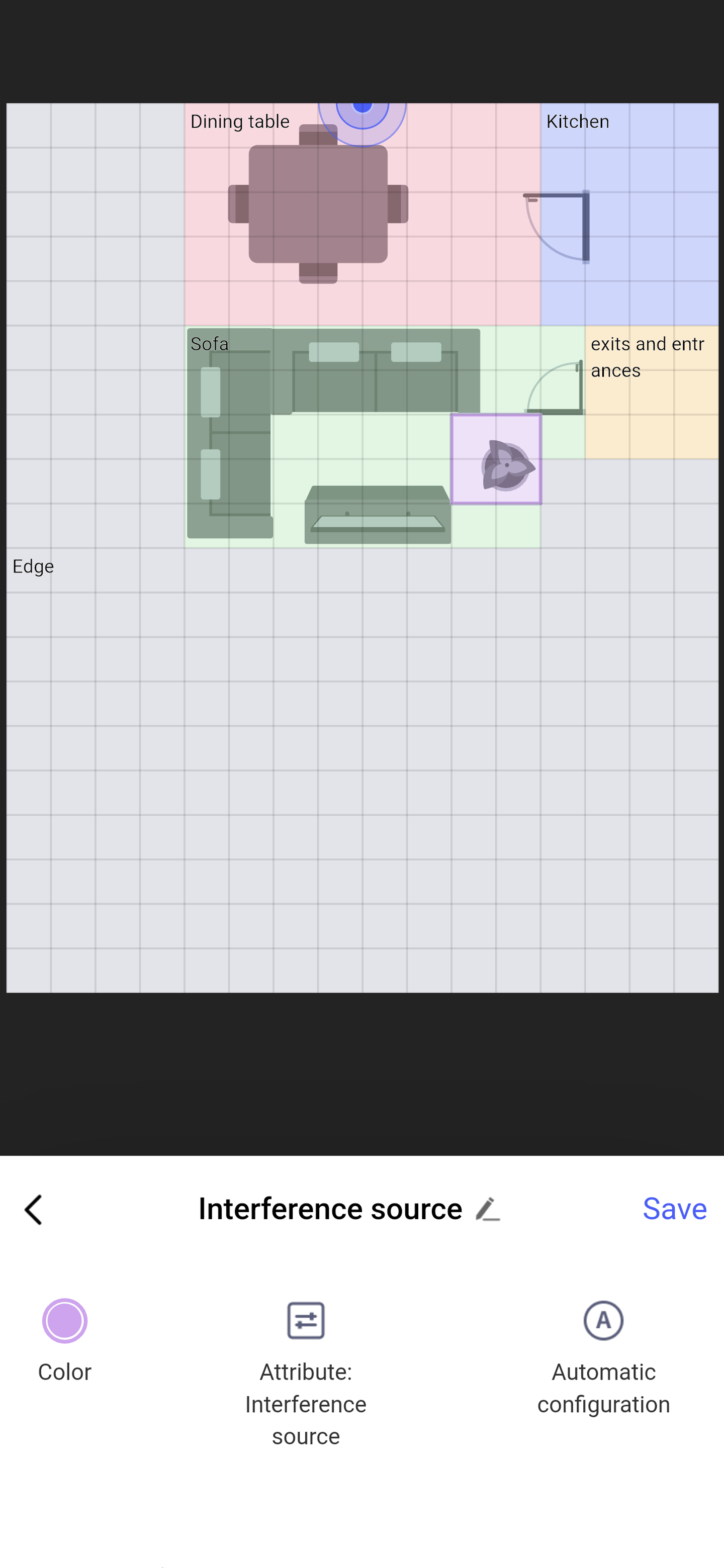
The Aqara app can create automations based on various triggers, of which there are quite a few to choose from:
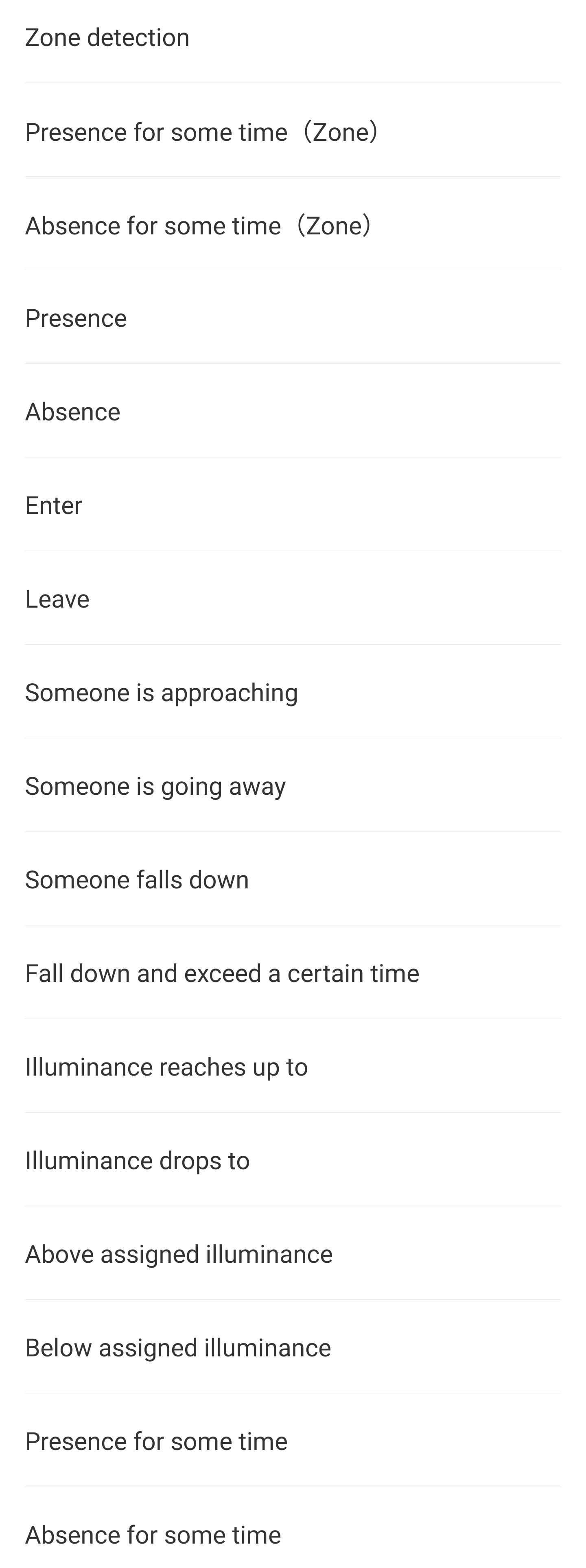
Home Assistant, Google Home, Alexa and HomeKit
The FP2 is compatible with Google Home, Amazon, and Homekit, allowing users to create automations based on detected zones and light levels.
The nice thing about the integration will 3 platforms is that every zone you create is passed through as a sensor, along with the presence sensor for the entire area. This makes it possible to detect which zone someone is in.
Home Assistant users can also take advantage of it's HomeKit compatibility and use that to get the FP2 to work with Home Assistant too, with the presence, light level and zones all passed through:

Is it Local?
Unfortunately despite the claims that the FP2 is controlled locally, I found that blocking the internet on the FP2 causes it to not work inside the Aqara app anymore with the device immediately trying to talk out to internet IP address.
Usually Aqara devices do work inside the Aqara app without internet access from what I've tested previously, but unfortunately this one doesn’t - it doesn’t even work through HomeKit with the internet blocked either which is even stranger.
Hopefully this is something they can fix ASAP.
Performance
I still need some more time to evaluate the performance of the FP2 when it comes to tracking presence as there is a lot to unpack, however I did have some initial observations to share.
Firstly it does well to track presence in a regular room like a living room or office managing to keep track of you for long periods of time, even through objects.
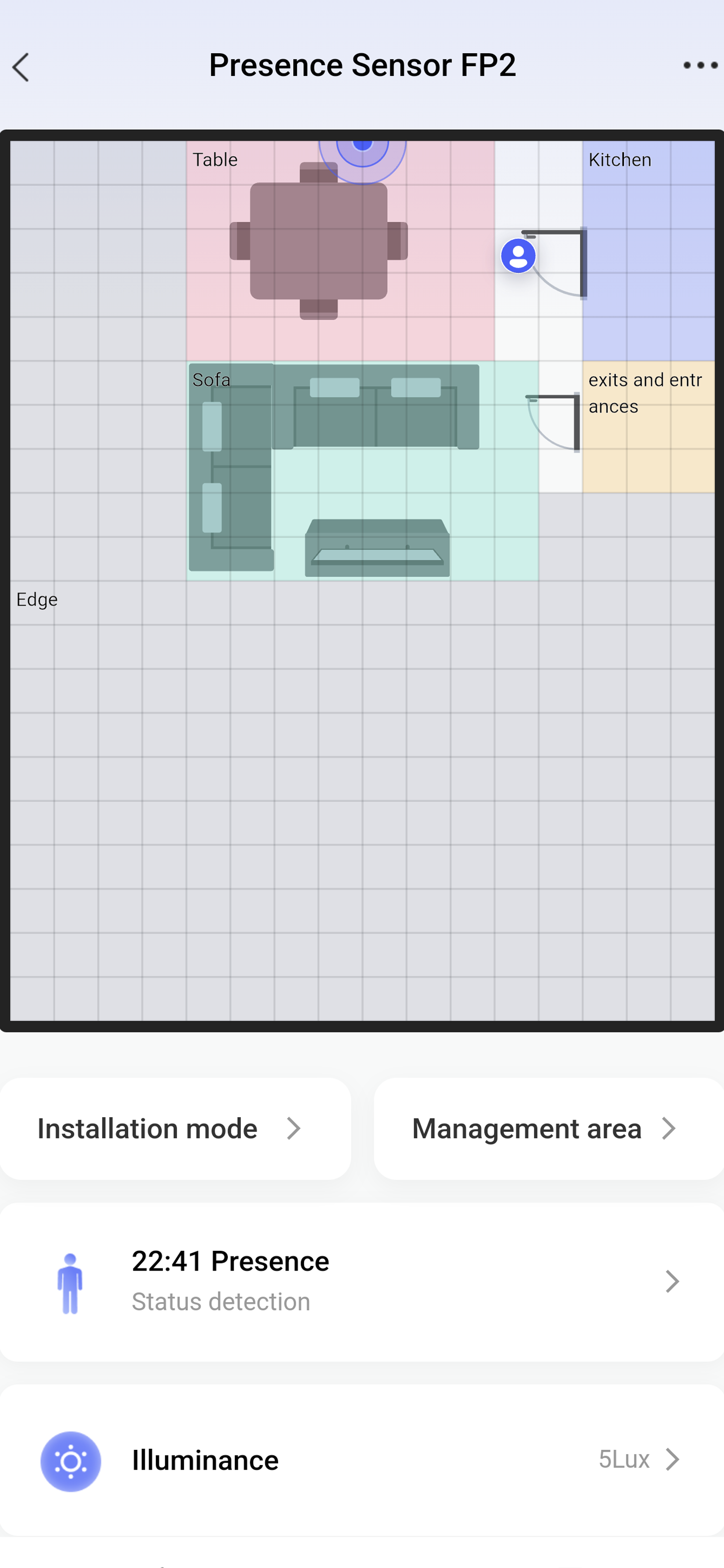
However, I did occasionally get the presence stuck as detected on when I was out of the room for quite a while but the sensor would still think I was stood at the doorway. That happened to me a quite a few times. I think Aqara is aware of this as a potential problem, as they implemented a reset button in the settings.
But generally for the most part it’s really good at tracking you in those types of rooms.
However, I then I tried it for a couple of nights in our bedroom while we were sleeping and I wasn’t that impressed with the results. There were quite a few gaps in coverage throughout both nights of testing, even though the sensor isn’t that far away from us and has a really clear view. Here are two nights I captured, where there was always at least one person present between 11pm to 7am each night:
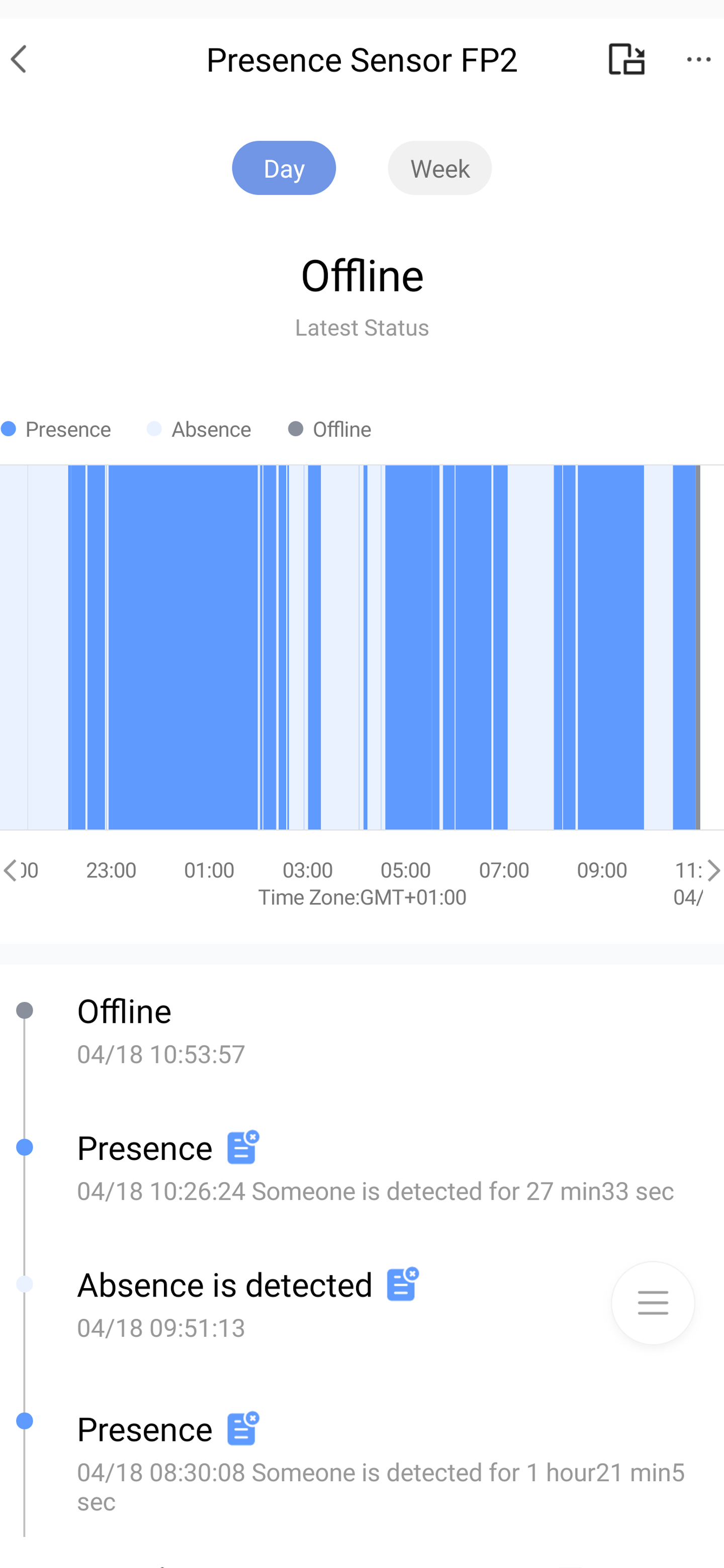
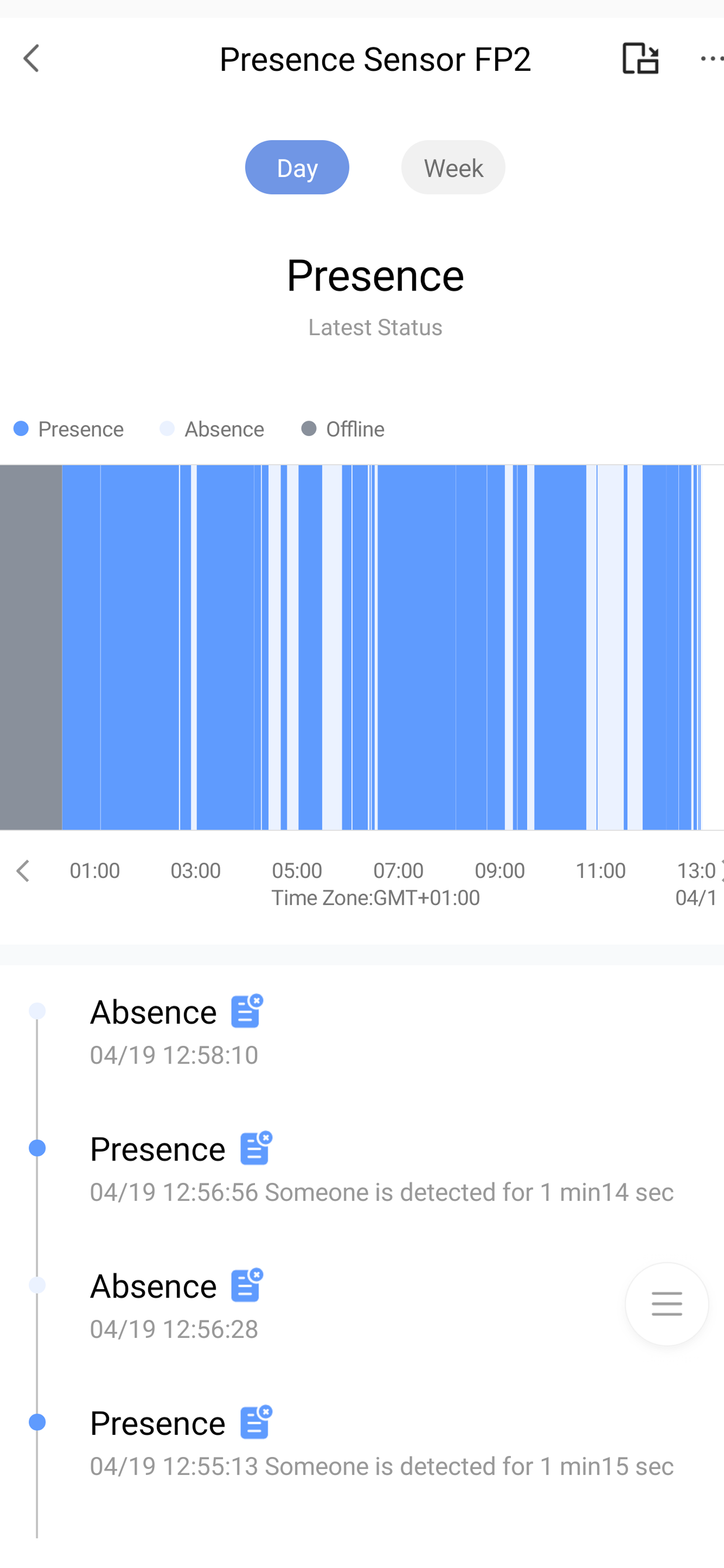
Now in fairness I do need to do more testing with the various settings for that particular situation so please just take that with a grain of salt for now, but the older FP1 did a much better job of that when mounted in the exact same position.
Interesting Discovery
Of course, I did take the FP2 apart immediately as soon as I got opened it up, and I was surprised to find this inside:
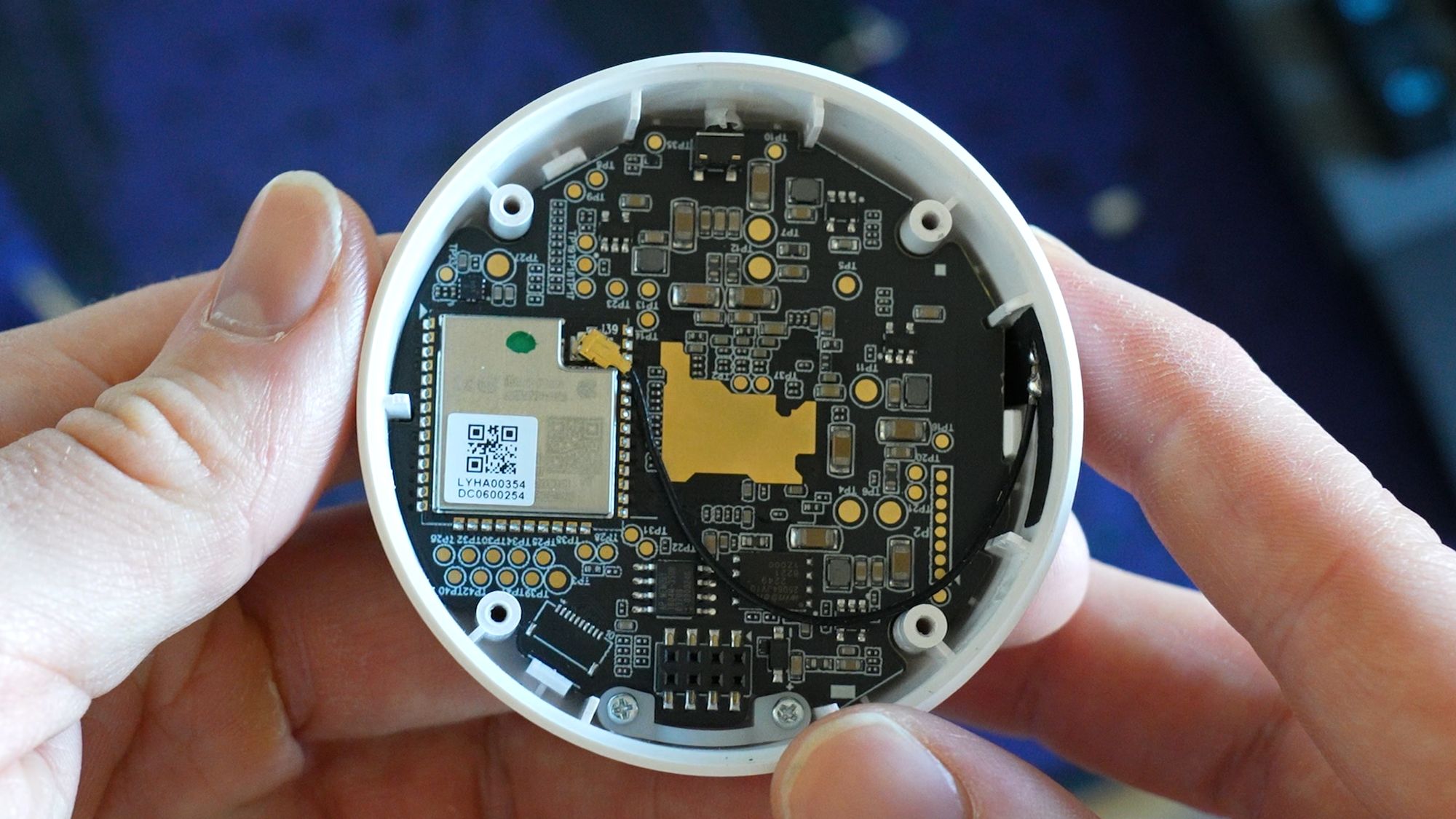
That's right, an ESP32! That should make for some interesting future development with projects like ESPHome and Tasmota!
Definitely need to dig further into that!
Final Thoughts
The Aqara FP2 is a significant improvement over the FP1, with new features, better software, and a refined design - though it does come at a higher price point compared to the FP1.
Zones will certainly be an interesting addition to play more with, and being able to add interference sources is an excellent addition!
Only you can decide if that higher price tag is worth it to you.
